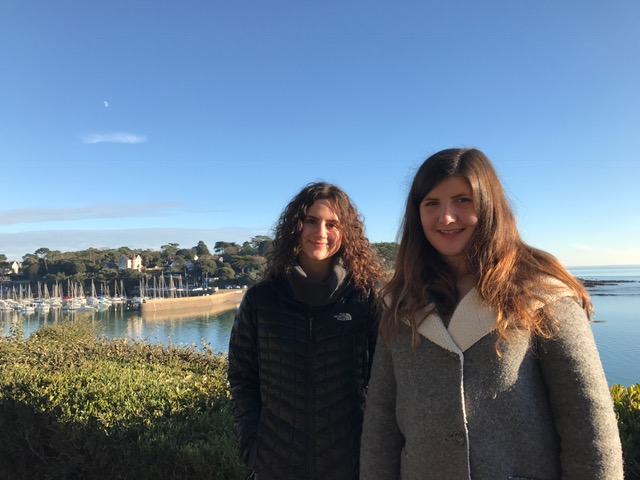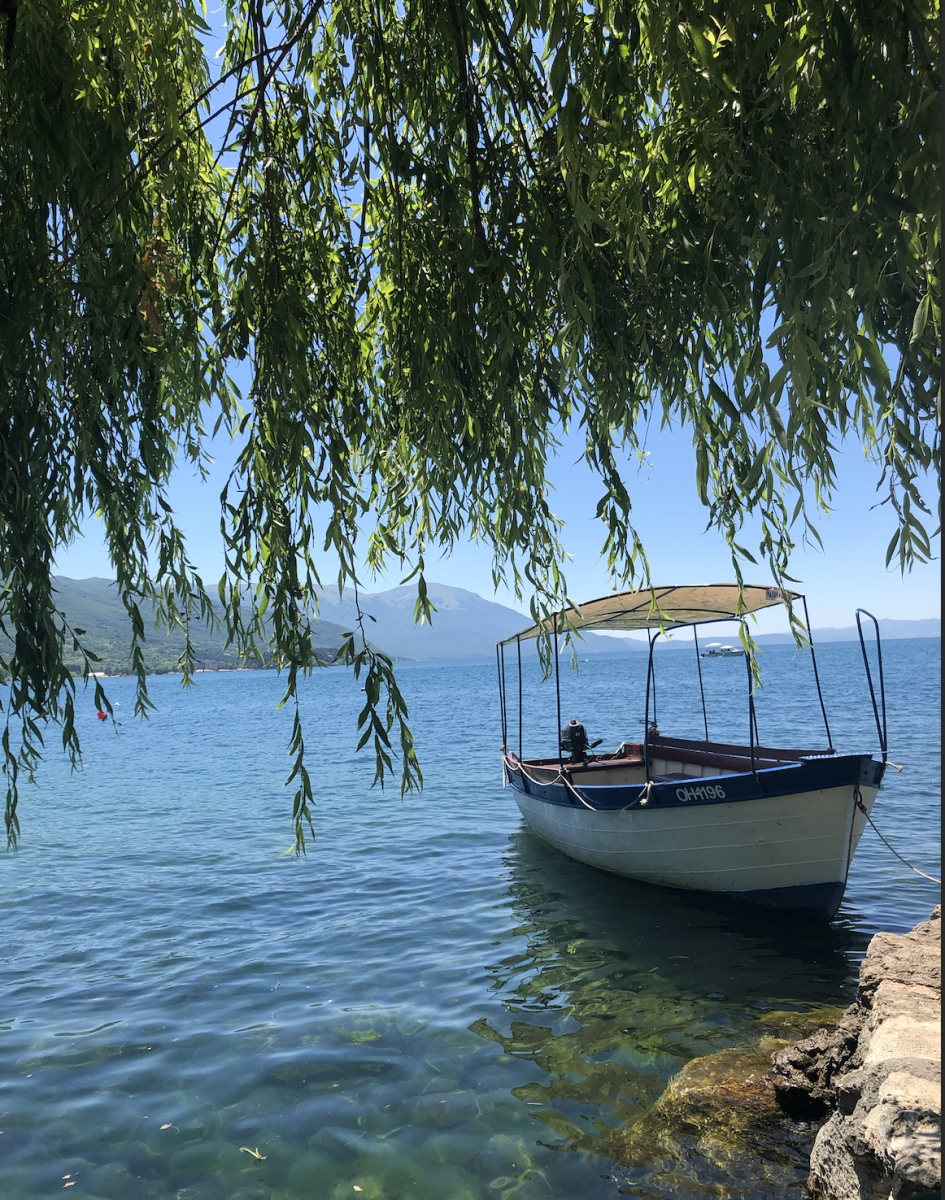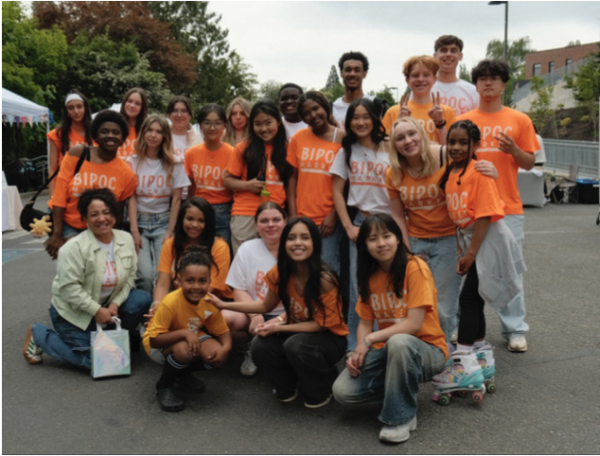Dispatch from a French exchange program pioneer
Going to school in a new country
January 23, 2017
France and the United States both are part of the Western World, but the differences between the two countries surprised me when I first arrived in France. Going to school in a foreign country is a change. Not only is the language different, but there are the small, seemingly inconsequential aspects of American school that are no longer there.
Times
The weekday in France starts at the same time as in America, 8 o’clock, but it ends much later. At Annie Wright, we have a seven hour school day. In France, I have a nine hour and twenty minute school day. Classes start at eight and do not finish until 5:20 p.m., however, each Wednesday my school gets out at noon. My first day of school, I was worried I wouldn’t make it through the day, but the schedule is set up to alleviate the pressure of being at school for so long. Two 15 minute recesses break up the morning and afternoon class chunks, and an hour and twenty minute lunch is one of the best parts of the day. After school is over, my family doesn’t eat until around eight because their work ends at a later time. It took a full week for my body to get used to the eating schedule, but I prefer it to the one in the States.
Classes
At Annie Wright I take six classes a semester. For students in Seconde (equivalent to sophomore year) at my school, they take 11: English, Spanish, Italian or German, PE, Section European (a class on European politics taught in English), History/Geography, French, Math, Economics, Physics/Chemistry, and Biology. Each grade is separated into classes as well. For kids in Seconde, the classes are 2A, 2B, 2C, 2D, and 2E. Each class has a classroom that they don’t change throughout the day. Teachers move from class to class instead of students, there are no Honors/Standard classes, and everyone takes the same math. Tests are not taken in classes at my school. Instead, there is a two hour block every Wednesday morning where the students test in one of their subjects each week.
School
Lycée, or high school, in France is completely different than in the States. There are only three years, Seconde, Premier, and Terminale. At the end of Terminale, all students must take the “Bac,” a test that is based around the speciality you choose your second year of High school. The reason so many classes are taught in Seconde is because you must choose what you want to study in Premiere. The three options are Science (S), Economics and Social Sciences (ES), and Humanities (L). Once you choose your speciality, you still have to take core classes such as math, French, English, and science, but there is a focus on whatever your choice was. For example, if you choose L, you have eight hours of English a week, whereas if you choose S, you only have two to three hours of English a week. Some classes, such as Philosophy, are required for all students. The majority of kids at Lycée La Mennais choose S, because there are more options for work and university after high school with S. The second choice is ES, and L is the least popular. Students in my class were surprised to discover that you don’t pick a “specialty” in America until university, and many of them couldn’t imagine doing that. Just as I still cannot imagine choosing my future as a Junior in High school.
Culture at School
On my first day of school in France I saw something I had never seen before. A group of twenty or so students were huddled up in the bus depot before school started, and every one of them had a cigarette. I asked my host sister what the laws were about smoking on school property, and the laws about people under the age of eighteen smoking. She told me you cannot buy cigarettes until you are 18, but there isn’t a rule about smoking. Students at my school told me many teenageers start smoking in “College,” or middle school in France. Culturally, it was very bizarre to see packs of teenagers smoking at school, because the stigma against it is so high in the United States. One of the more entertaining aspects of school I found weird is the boys’ love of Baby-foot. “Baby-foot” is the French name for foosball. In the foyer of my school, a foosball table is constantly surrounded by a group of boys. They take it very seriously, and I often find groups of them yelling, hitting the foosball table, and cheering their friends on during lunch, study halls, recess, and before school.
It took me time to get used to the differences between French and American school, but now that I have adjusted I love it. Every student I have met in France has been kind and eager to help me navigate myself through their school. Even though there are some aspects of French culture I find to be the complete opposite than in the U.S., such as smoking, the hospitality each person carries with them has made my transition into their culture and lifestyle incredible.










